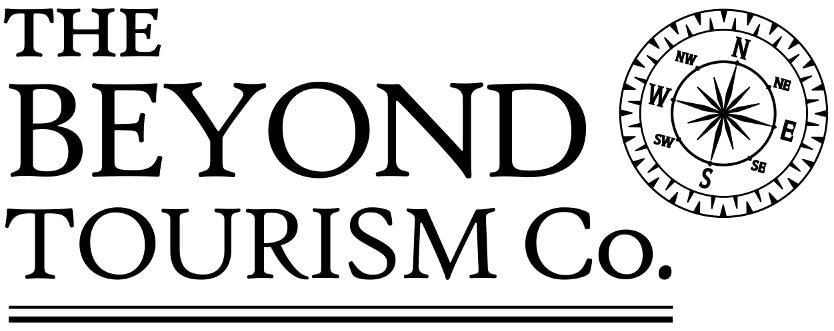Colombia is one of the world's most diverse countries, with two oceans, a range of climates, pulsing cities, amazing wildlife and tons of adventure activities. We've put together all the in depth information you'll need for an unforgettable trip through this fascinating country, from visas to history and everything in between. Take a look through our Colombia Travel Guide below:
Practical Information
Language: Spanish is Colombia's official language, although English is understood and spoken by some in the main tourism areas.
Visas: Visa are not required for British travellers. Other nationalities should obtain advice from their local embassy.
Health: There are no compulsory vaccinations, except yellow fever if visiting the rainforest. Malaria prophylactics are also recommended in this area. Once we have discussed an itinerary you should visit your GP to discuss which malaria tablets and vaccinations you will need.
When to go: Colombia has an equatorial climate and therefore the seasons do not have any major differences. Generally December through March is the best time to visit as there is the least amount of rain, however expect cooler temperatures in mountain destinations, such as Bogota.
Getting there: Avianca operate direct flights from the UK to Bogota, with other airlines such as American Airlines, Air France and Iberia offering decent indirect options.
Time zone: GMT -5 hours
Wildlife
Colombia is a stunning country with a diverse geography home to an incredible array of wildlife. With the Amazon rain forest in the South, the Pacific to the west, the Caribbean to the East and the Andes throughout, there are so many opportunities for wildlife lovers. With over 1,800 species you can find more species of birds in Colombia than you an in the whole of the USA and Europe combined, including the mystical Andean Condor.
As well as birds, Colombia also hosts over 450 mammal species, with some of the most common animals found being anteaters, sloths, tapirs, spectacled bears, deer, capybaras, pumas, jaguars and several monkey species. Whilst Colombia has one of the largest p[populations of land based animals in the world, it is the marine life of the hidden pacific coast and the Caribbean that really help this country stand out as a wildlife destination. The little visited pacific coast is a hidden gem for nature lovers, especially those looking to see the Humpback whales, who frequent the isolated waters of Colombia. In the Chocó department on the northern Caribbean coast, leather back sea turtles are frequent visitors returning each year to lay their eggs. Colombia hosts the island of Malpelo, a nature reserve and UNESCO listed World Heritage Site offering visitors amazing diving adventures as the area is known for its unique shark population which includes hundreds of hammerhead and silky sharks.
History and Culture
Colombia takes its name from Christopher Columbus, although he did not discover the country for the Western World. The first explores were Alonso De Ojeda and Americo Vesopuccin who arrived in Cabo de la Vela on the Guajira peninsula in 1449, on their obsessive quest for Eldorado, the Lost City of Gold. After numerous Spanish expeditions in search of Gold, in 1525, Rodrigo de Bastidas anchored in Santa Marta, in 1533, Pedro de Heredia founded Cartagena and uin 1538, Santa Fe de Bogota was founded on the territory of the Bacata Indians.
Colombia is also known as the birth place of one of the greatest revolutions of the history of the world. After Spanish dominance grew throughout Colombia and the whole of Latin America, in the 17th Century, discontent spread like wildfire through the indigenous people, the Creoles and lower class Spanish immigrants. This discontent developed into rebellions led by Simon Bolívar in 1819. The success of these rebellions resulted in the independence of South American countries including Colombia on 7 August 1819.
The 1940’s saw one of the deadliest civil conflict the western hemisphere has ever seen. ‘La Violencia' began in 1948 and resulted in a death toll of almost 300,00 people, due to the better differences between the countries two rival parties, the Conservatives and the Liberals.
This incredibly rich and fascinating history is etched into the streets and architecture of Cartagena, Mompox, Giron and of course Bogota itself.
Unfortunately, most of the indigenous cultures of Colombia were decimated by the Spanish, with only 3.4% of the population considering themselves to be ‘indigenous’. Having said this you can still see many aspects of indigenous culture live on in Colombia's cuisine, music, folklore, and language.
Society and Politics
When thinking about Colombia, it is still unfortunately difficult to look over the past few decades, famous only for its drug dealers, left-wing guerrilla groups and paramilitaries, however with this activity almost non-existent and the different groups now at the weakest point, this incredible country is finally coming out of the shadows and being recognised the world over for the amazing destination for tourists that it is.
The 1980's marked the beginning of the cocaine boom in Colombia and subsequently the start of its modern troubles. The influence of the drug trade seeped into all levels of society and eventually politics as well, with many casualties, both political and actual. 2002 saw the arrival of President Álvaro Uribe, who until 2010, managed to bring peace and stability to the country, and with the backing of the US, produced significant results in the fight against the war on drugs.
Since 2002 Colombia has only been heading in one direction, with the economy growing rapidly and peace and the troubles of the drug war seemingly reduced to history. Once only known for on thing, Colombia is now emerging as one of the premier tourism destination in Latin America, with the Colombians offering a warmth and welcome rarely seen anywhere in the world.
